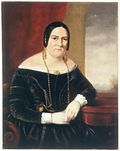
John Joseph William Molesworth Oxley was an explorer and surveyor of Australia in the early period of British colonisation. He served as Surveyor General of New South Wales and is perhaps best known for his two expeditions into the interior of New South Wales and his exploration of the Tweed River and the Brisbane River in what is now the state of Queensland.
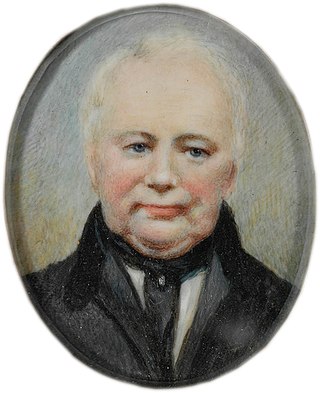
William Lawson, MLC was a British soldier, explorer, land owner, grazier and politician who migrated to Sydney, New South Wales in 1800. Along with Gregory Blaxland and William Wentworth, he pioneered the first successful crossing of the Blue Mountains by British colonists.

Major General Lachlan Macquarie, CB was a British Army officer and colonial administrator from Scotland. Macquarie served as the fifth Governor of New South Wales from 1810 to 1821, and had a leading role in the social, economic, and architectural development of the colony. He is considered by historians to have had a crucial influence on the transition of New South Wales from a penal colony to a free settlement and therefore to have played a major role in the shaping of Australian society in the early nineteenth century.

Port Macquarie, locally nicknamed Port, is a coastal city in the local government area of Port Macquarie-Hastings. It is located on the Mid North Coast of New South Wales, Australia, about 390 km (242 mi) north of Sydney, and 570 km (354 mi) south of Brisbane. The city is located on the Tasman Sea coast, at the mouth of the Hastings River, and at the eastern end of the Oxley Highway (B56). The city with its suburbs had a population of 47,973 in June 2018 and an estimated population of 50,307 in June 2023.

John Thomas Bigge was an English judge and royal commissioner. He is mostly known for his inquiry into the British colony of New South Wales published in the early 1820s. His reports favoured a return to the harsh treatment of convicts and the utilisation of them as cheap agricultural labour for wealthy sheep-farming colonists. Bigge's reports also resulted in the resignation of Governor Lachlan Macquarie whose policies promoted the advancement of ex-convicts back into society.
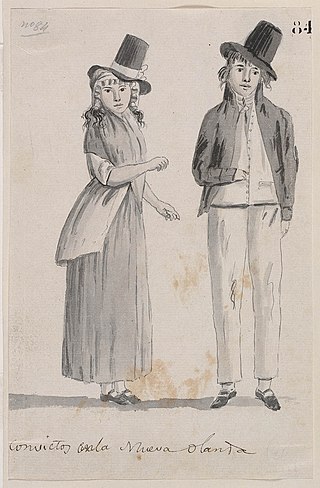
Between 1788 and 1868 the British penal system transported about 162,000 convicts from Great Britain and Ireland to various penal colonies in Australia.

John Skinner Prout was a British painter, writer, lithographer and art teacher who worked in Australia in the 1840s.
James Kelly (1791–1859) was an Australian mariner, explorer and port official.

Joseph Lycett was a portrait and miniature painter, active in Australia. Transported to Australia for forging banknotes, Lycett found work in the colony as a painter specialised in topographical views of the major towns of Australia, and some of its more dramatic landscapes.

Ellis Bent was the Deputy Judge Advocate between 1810 and 1815 of the Australian colony of New South Wales, which was eventually to become an Australian state. The Deputy Judge Advocate of New South Wales was the senior legal officer of the colony and functioned in many ways as a Chief Justice. Bent was the first barrister to be appointed to a judicial office in the infant colony in an era when military officers were commonly appointed to the position.
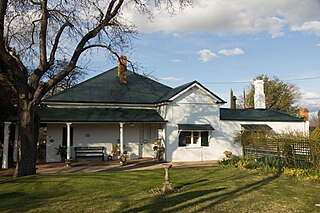
Miss Traill's House is a heritage-listed former residence, clergy house and school and now museum at 321 Russell Street, Bathurst, Bathurst Region, New South Wales, Australia. It was designed by Henry Kitchen and built from 1845 by Reverend Thomas Sharpe. It is also known as All Saints Rectory, Entelly and Wyoming Lodge. The property is owned by the National Trust of Australia (NSW). It was added to the New South Wales State Heritage Register on 1 March, 2002.
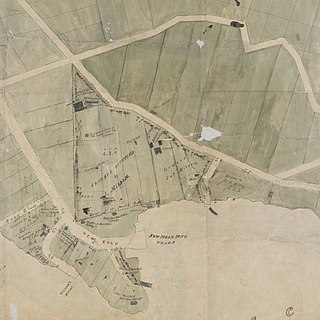
Surry, also known as Surrey, was a square-rigged transport ship, which had an especially long career transporting convicts to Australia. In 11 voyages, the most of any convict transport, she brought 2,177 convicts, male and female, and so became one of the best-known of the vessels that visited Australia. In all, she lost 51 men and one woman during her various passages, 46 of the men dying during her first and most notorious voyage in 1814 when she was under the command of James Patterson. The high death toll on her first voyage led to a Board of Enquiry, which blamed neglect by the Master and Surgeon.
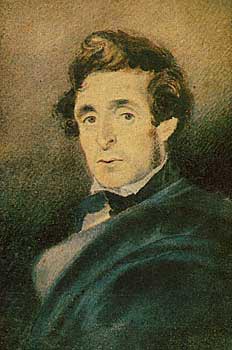
William Buelow Gould was an English and Van Diemonian (Tasmanian) painter. He was transported to Australia as a convict in 1827, after which he would become one of the most important early artists in the colony, despite never really separating himself from his life of crime.

The Sydney punchbowls, made in China during the Jiaqing Emperor's reign (1796–1820) over the mid-Qing dynasty, are the only two known examples of Chinese export porcelain hand painted with Sydney scenes and dating from the Macquarie era. The bowls were procured in Canton about three decades after the First Fleet's arrival at Port Jackson where the British settlement at Sydney Cove was established in 1788. They also represent the trading between Australia and China via India at the time. Even though decorated punchbowls were prestigious items used for drinking punch at social gatherings during the 18th and 19th centuries, it is not known who originally commissioned these bowls or what special occasion they were made for.

Charles Rodius was a German-born artist, printmaker and architect. Trained in France before moving to England, he was transported as a convict to the Australian penal colony of New South Wales for theft in 1829.
Richard Read Sr. was a British-born artist who was sent to Australia as a convict. He is known as Richard Read senior to differentiate him from another Richard Read, thought to be his son, who painted in Sydney at the same time.
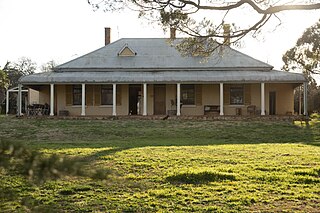
Merembra Homestead is a heritage-listed homestead and former inn at 218 Gormans Hill Road, Bathurst, Bathurst Region, New South Wales, Australia. It was built from 1863 to 1864. It was also known as John's Farm and Barley Mow Inn. It was added to the New South Wales State Heritage Register on 14 July 2000.
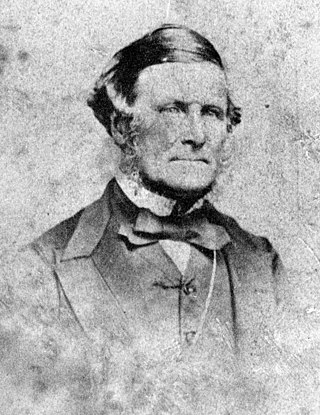
Joseph Fowles was an Australian artist and educator, perhaps best remembered for his publication "Sydney in 1848", a series of etchings depicting Sydney’s streets and buildings in that year.
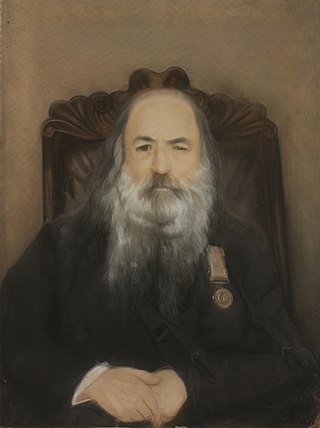
Francis Allman was a commissioned officer of the British Army and was born in County Clare, Ireland on 1 November 1780. He enlisted as an ensign in the Queen's Royal Regiment of Foot with his brother John in 1794.








